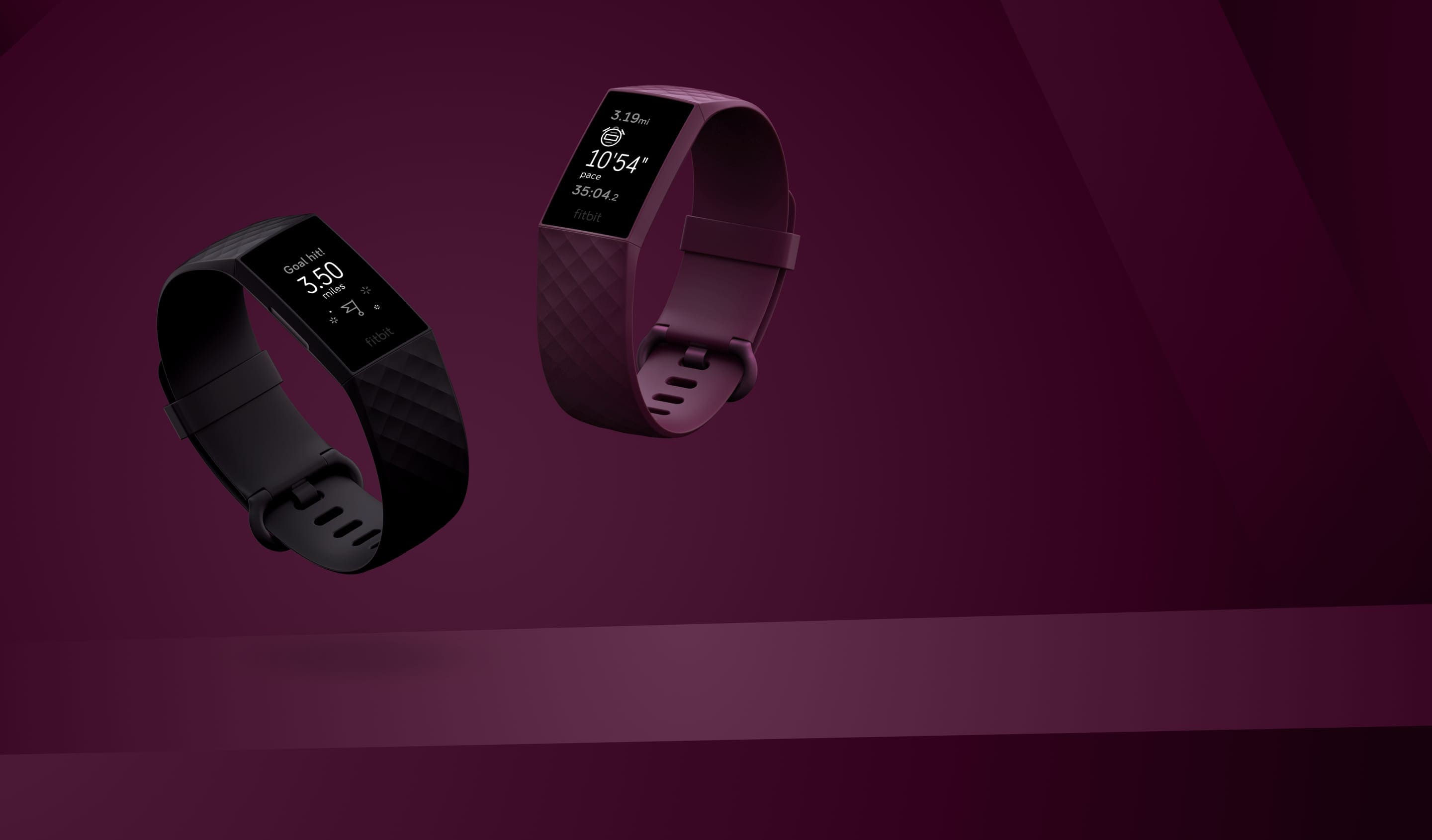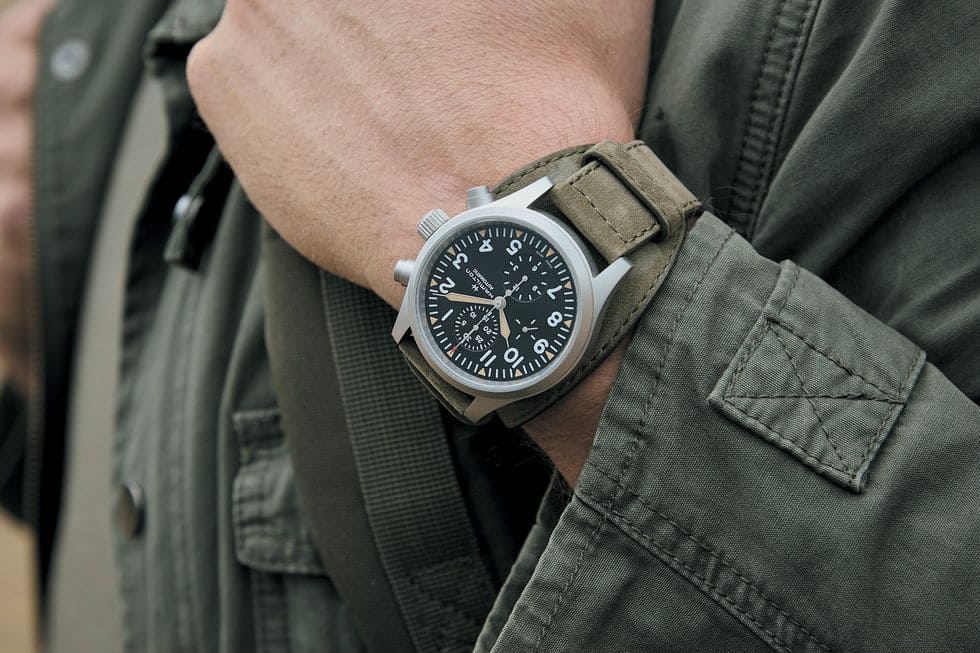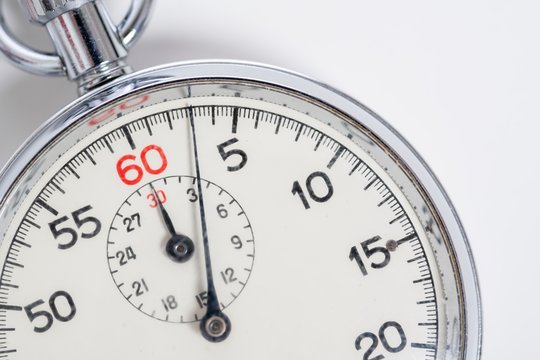This article will show you how to find 7 of the most incredible running power meters on the market.
Let's start with an explanation of what a running power meter is and why you might require one.
What is the definition of running power?
It's critical to grasp what power entails in the beginning. Power is defined in physics as the amount of work done in a unit of time. When it comes to running, the output refers to the amount of effort and speed that a runner is exerting at any given time. Running power is measured in Watts, and it is a way of determining how much work is done while a person runs. The higher the wattage, the more power you're generating at all times.
The runner is termed efficient if high power is generated at a slower heart rate and faster speed. Fast runners' secret weapon is efficiency.
Further Reading: Best Smartwatch For OnePlus
The Most Effective Running Power Meters
What is the significance of measuring running power?
Running power is a measurement of the stress on your muscles and reflects the metabolic cost of your efforts.When the power of each muscle fiber is increased, fewer fibers are needed to run at a certain pace, and fewer fibers are recruited, the oxygen demand is reduced. Runners and cyclists use it to achieve consistent performance in training and racing.
Having this extra piece of knowledge can help runners. Even if you know your heart rate, pace, and distance traveled, you can track the scoops to a tee if power is factored in.
This calculates how much energy a runner expends at various stages during their run. By determining how proficient they are in their workouts, the runner may now become more relevant and economical with their energy consumption and perform better.
More data at your fingertips, such as your functional threshold power and VO2 maximum, equals better training and aids in racing and training strategy.
This running power can be measured using various equipment and instruments, but if you don't have a tool, you'll have to rely on heart rate and speed, which are highly dependent on a variety of factors.
When pedaling uphill or against a headwind, the speed is significantly reduced while maintaining the same wattage. The temperature, as well as your overall physical fitness, influence your heart rate.
Getting to know the science of power meters:
The following is the underlying idea that all power meters work on:
Work per unit time equals power. Work is force, force is distance per unit time, and distance per unit time is velocity, so the force is velocity.Since your foot is affixed to the pedal, it's pretty easy to measure this in the world of cycling. The force is how much pressure you exert on the pedal, measured using a strain gauge. The velocity is how quickly the crankshaft is rotating, or the angular velocity; because cycling entails pushing pedals in a circular motion, metabolic efficiency differences across athletes are minimal. For example, if you produce 300 watts on a bike, changing your pedal stroke will not help you to go faster on the same amount of power, and you will not be efficient.
Some runners may run faster while using less energy, boosting their efficiency.
You go forward with your two feet, bouncing up and down a little, and the two feet are not directly under the center of gravity, causing a swivel.
In three dimensions, you're applying force. A nine-axis sensor, consisting of three components, is used to measure the force:
- An accelerometer is a device that detects acceleration along three axes (up & down, forward & back, and side to side)
- The three-axis orientation is determined by a gyroscope, which might alter slightly over time.
- A magnetometer gives you your proper heading and anchors your orientation to a fixed spot when you're in space.
- Force is calculated as mass x acceleration, where mass is your weight, and the nine-axis sensor determines acceleration. Velocity is calculated as the integral of acceleration.
Best power meters for running Below is a collection of power measurement gadgets that can help you work more efficiently.
Additional Reading: Which is better: Fitbit Charge 5 or Samsung Galaxy Watch 4?
No. 1 Stryd Running Power Meter
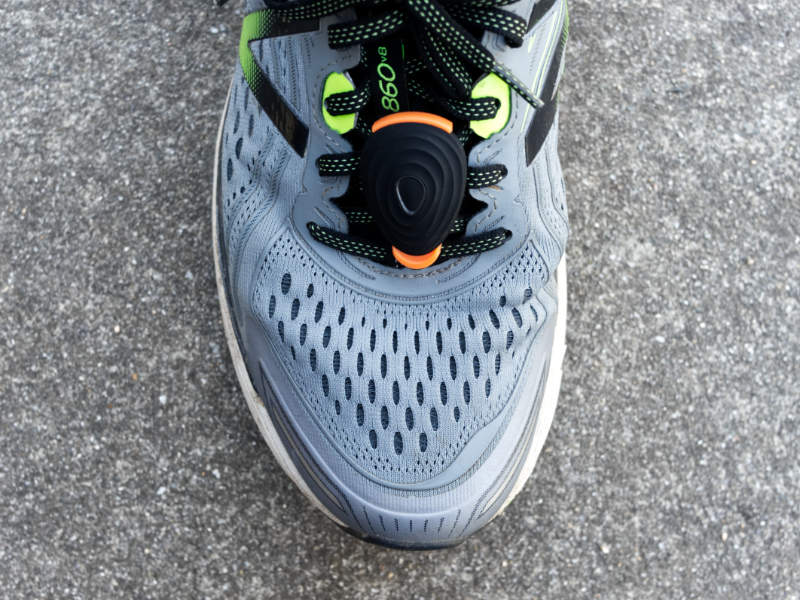
- The little pod clips to the back of the athlete's waistband and uses sensors and a sophisticated processor to monitor acceleration and deceleration on a different axis.
- Stryd turns a runner's forward and vertical motion forces into a value known as running power. Stryd provides you with this value by allowing you to train.
- The movement of our limbs is the source of all strength while we run. Stryd's sensors assess the force exerted by our limbs, which helps runners get fast feedback on what improvements they should make.
- To convey proper pacing, Stryd power considers your speed, slope, run form, weariness, and now, wind.
No.2 Garmin Running Power - A Free App from Garmin
- Running power apps were developed by Garmin Labs to allow you to calculate and display your running power using information received by compatible Garmin devices.
- It considers elements such as pace, vertical oscillation, grade, and even local wind conditions, and it calculates the power you exert on the ground. At the same time, you run, allowing you to pace yourself more effectively than before.
- Wind power is calculated using weather data from your phone and measurements from your watch; however, you don't need to carry your phone with you when running because the app saves the most recent weather conditions.
- Get a watch that works with Garmin and a running dynamics pod.
Additional Reading: HP vs. Lenovo Laptops
No.3 RunScribe Plus

- RunScribe Plus is a running sensor system with two-foot pods, one for each foot. They provide running power, including a plethora of running efficiency data, such as Braking Force, Foot Strike, Ground Contact Time, Impact Force, and Pronation. These are all beautifully displayed on your SportTracks Workout Detail pages.
- Each of these measures has its own graph for each foot.
- The data collected by the foot pods are compared to the average range of all RunScribe users so you can see how your efficiency, footstrikes, and pronation compare to the average range.
- As a result, RunScribe provides you with various advantages that provide you with detailed statistics or information about running mechanics. Footpads can be firmly placed on your laces or on the heels of your shoes. However, in comparison to other available solutions, it is somewhat pricey. Thus its Running power is still in development.
No.4 Polar Vantage V – Watts Reading from the Wrist
- Its unique characteristics include a long-lasting battery, a no-compromises 9-LED optical heart rate monitor, and modern exertion and recovery feedback. One of its most enthralling features was its built-in running power meter.
- It's the first low-power solution without the use of external sensors. It tracks your power on each run based on the type of run.
- Power, Max power, Lap power Max, Automatic Lap Power Max, and Automatic Lap Power Average can all be displayed on the watch face.
- SportTracks and Polar devices are entirely compatible. Many various measurements of run power data may be eyeshot on the watch during running, which has many advantages.
- Its disadvantages include the fact that it requires GPS and hence cannot be used on a treadmill inside and the fact that it does not track any other running efficiency measures such as vertical oscillation.
No.5 Shaft Running Power Meter
- SHFT is a digital running power guide that collects a variety of gait parameters from two pods, one of which is attached to the shoe and the other to a chest strap.
- The accelerometer in these pods measures or records your position and movement and sends the information to a smartphone app for study. The SHFT system is well-designed, but a number of indicators are inaccurate.
No.6 Feetme Sport:
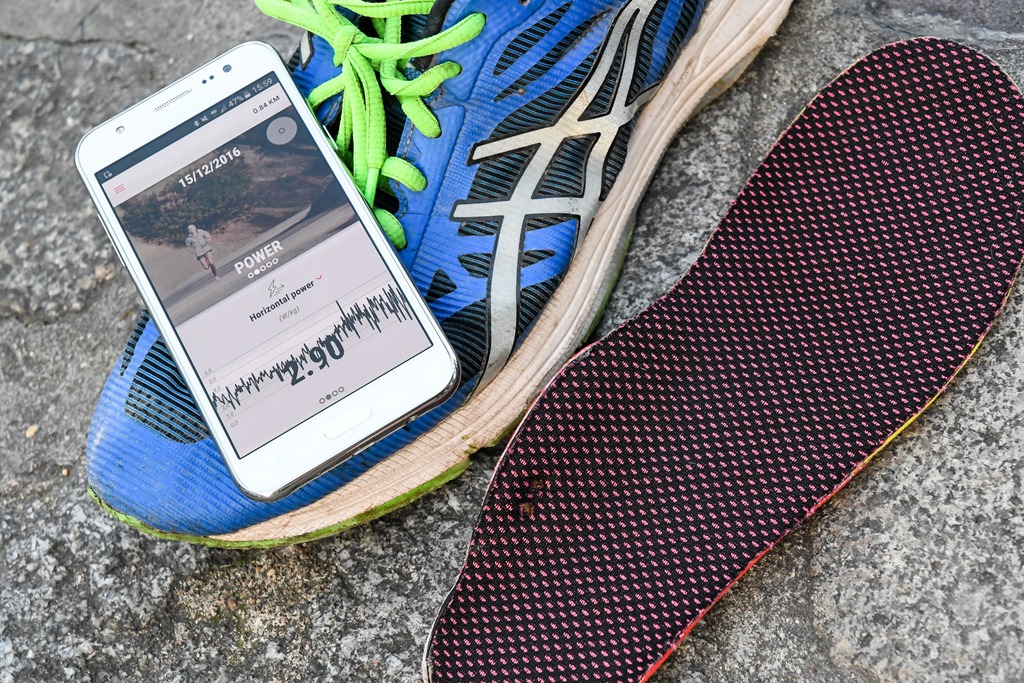
- Feetme is a bright sole that collects efficiency data and provides real-time feedback when running. It has pressure sensors and a staggering amount of technology built into it.
- After your workout, Al technology analyses the data you've collected on your strategy and physiology to help you get the most out of your activity.
Feetme allows you to see:
- Real-time stride power measurement.
- Running pace analysis.
- Personalized training activity.
- Running strategy.
- Performance metrics are recorded directly from your toes.
No.7 RPM2:
- RPM2 is meant to assist athletes and sportspeople in achieving their goals in a more powerful, strong, and timely manner.
- RPM2 innovation is all about symmetry as a function. It determines Bilateral Equivalence, as well as Gait and Cycling mechanics.
- It is pretty affordable for the average person to purchase. RPM2 comes with six 'range of motion' workouts pre-installed. It is the world's first footbed cycling power meter, measuring leg power as well as collective power and streaming real-time power during the run.
- I hope that I was able to assist you in locating the most excellent running power meters and that they will assist you in improving your running.
Katheryn is a corporate attorney and finance specialist, conducting research daily to get you closer to financial security and freedom (even if you're just getting started). Her +600 articles published in Collaborative Research Group have already helped thousands of readers on the internet. .
Leave a reply
Your email address will not be published. Required fields are marked *Recent post

What is the Difference Between Garmin Connect Vs Strava?
